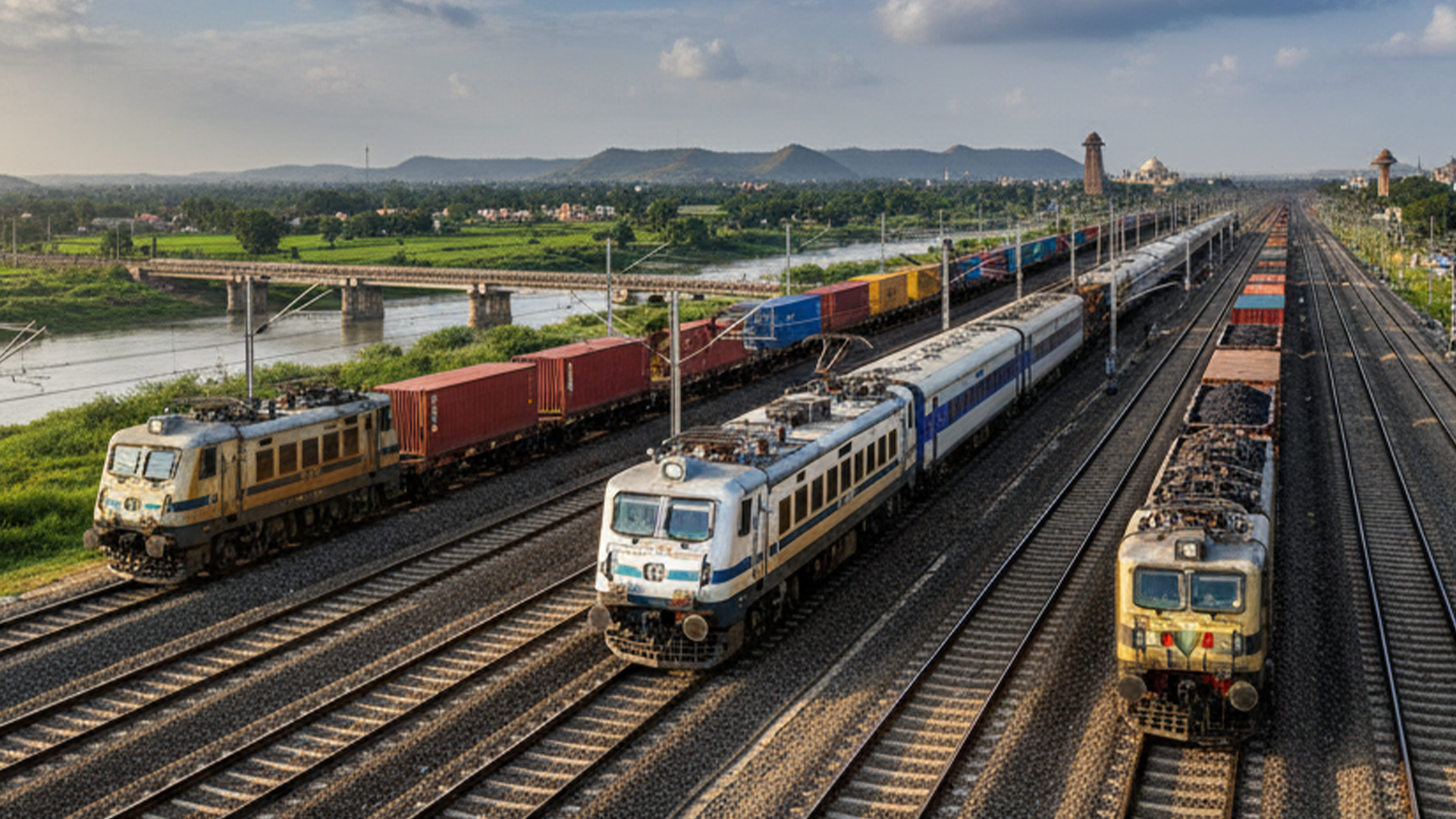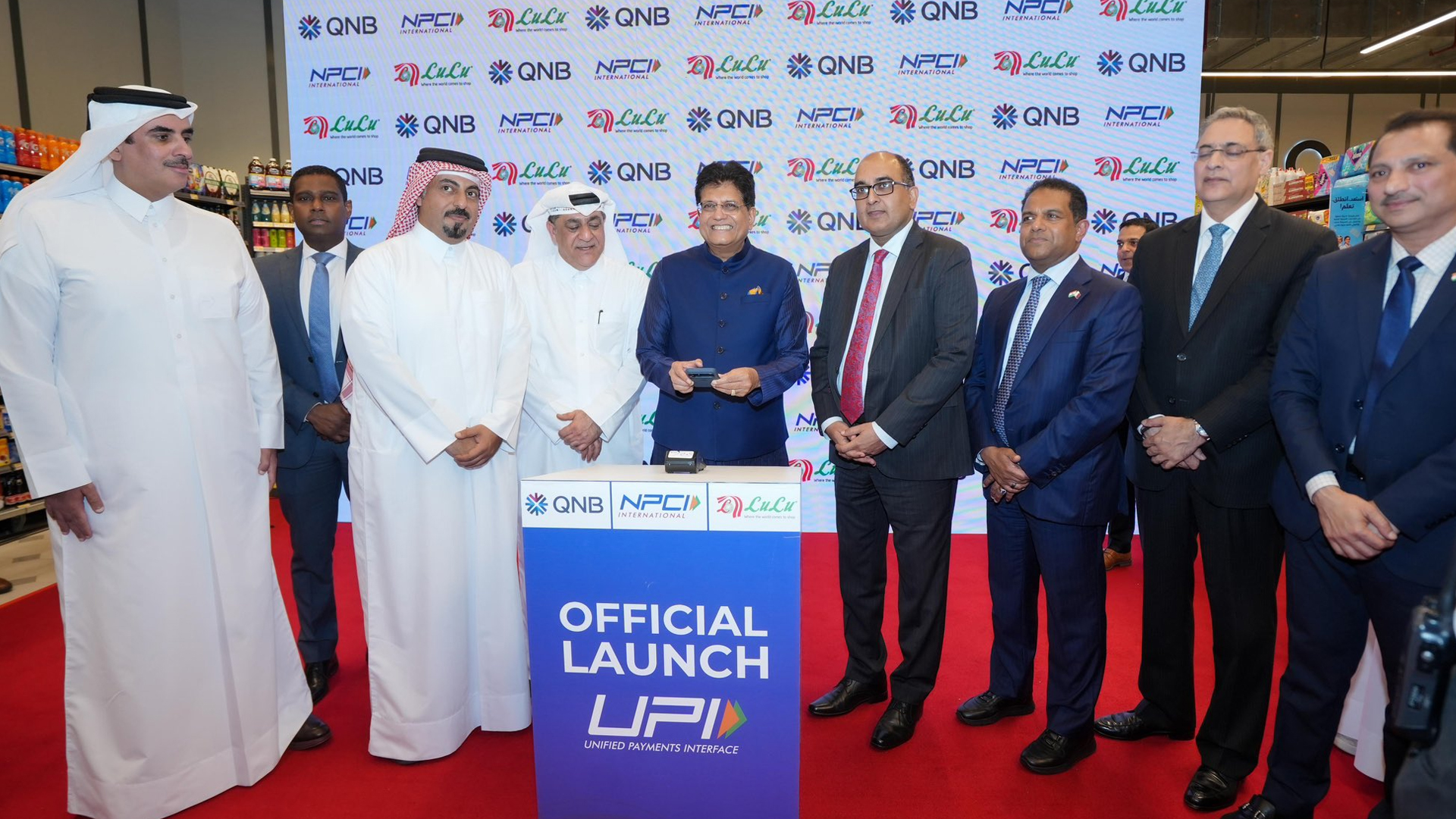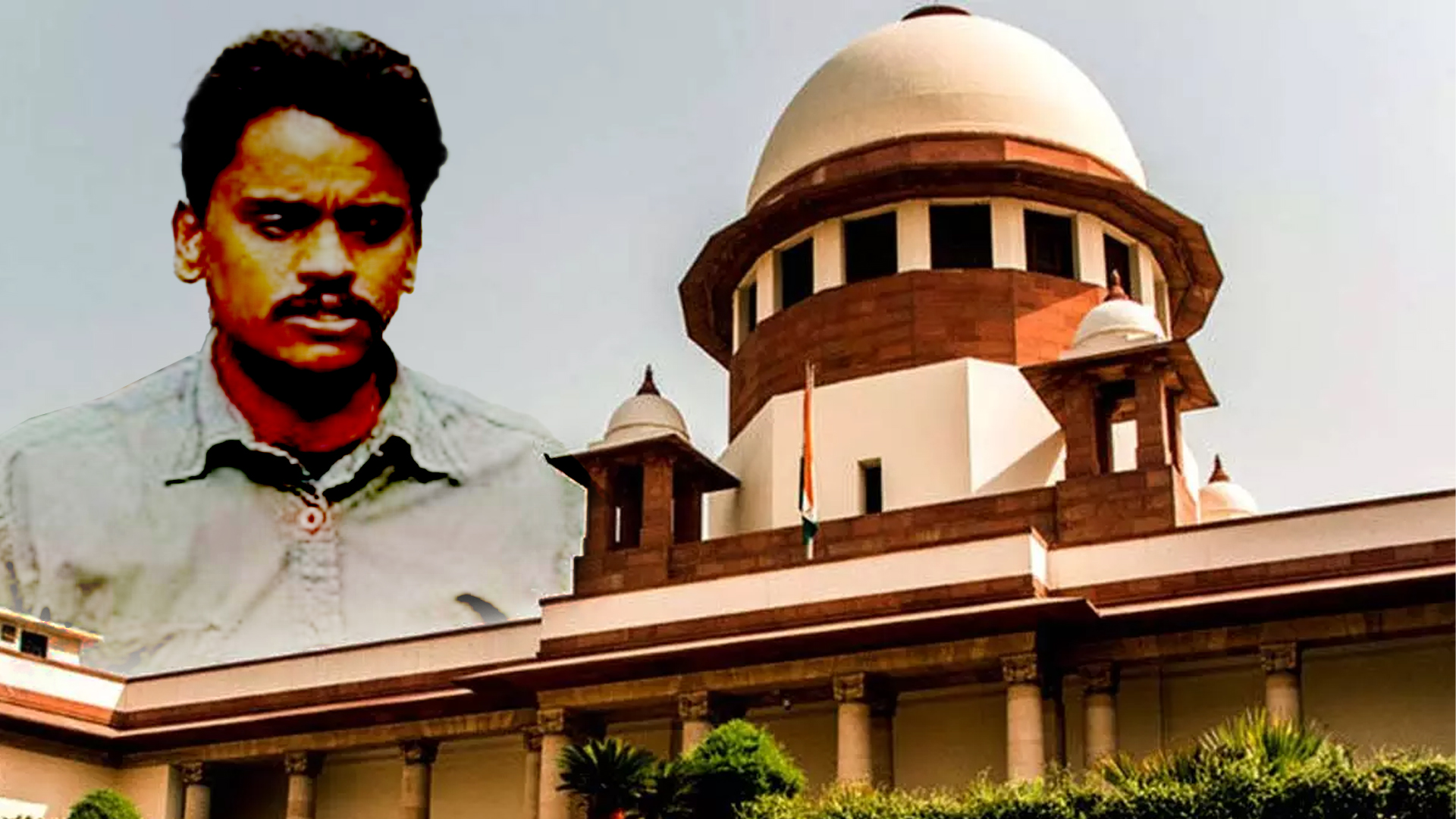The government has approved a significant ₹24,634 crore investment to expand and modernize the Indian railway network across four key states, namely Maharashtra, Madhya Pradesh, Gujarat, and Chhattisgarh. These projects aim to ease congestion, boost freight capacity, and improve regional connectivity, ultimately benefiting nearly 86 lakh residents.
Spanning a total of 894 kilometers, these multi-tracking initiatives are set for completion by 2030–31 and involve the construction of third and fourth railway lines on key routes to handle increasing passenger and freight traffic. The projects include adding third and fourth lines over 314 km from Wardha to Bhusawal in Maharashtra; an additional fourth line over 84 km from Gondia to Dongargarh, crossing Maharashtra and Chhattisgarh; upgrades to the Vadodara–Ratlam corridor across Gujarat and Madhya Pradesh with third and fourth lines spanning 259 km; and a new fourth track extending 237 km from Itarsi to Bhopal to Bina in Madhya Pradesh. These vital routes, which are currently operating beyond their capacity, will see improved punctuality and reduced transit times through these expansions.
The projects will directly benefit over 85.8 lakh people across 18 districts, including more than 3,600 villages. Notably, Vidisha (MP) and Rajnandgaon (Chhattisgarh) are part of the government’s Aspirational Districts Programme, highlighting targeted development efforts.
Aligned with the PM Gati Shakti National Master Plan, these upgrades will support integrated, multimodal transportation, bolstering sectors like agriculture, manufacturing, and tourism. Tourist spots such as Sanchi, Satpura Tiger Reserve, Bhimbetka rock shelters, Hazara Falls, and Nawegaon National Park are expected to see increased rail access, potentially boosting regional tourism.
The new tracks are projected to handle an additional 78 million tonnes of freight annually, including commodities such as coal, cement, grains, steel, containers, and fertilizers. Environmentally, the expansion will save approximately 28 crore liters of diesel annually and cut carbon emissions by 139 crore kg—equivalent to planting around six crore trees.
These railway developments are part of India’s broader strategy to build a self-reliant (Atmanirbhar Bharat) economy for creating jobs, improving logistics, and stimulating local industries. The entire funding for these projects is committed to be borne by the central government, emphasizing their strategic importance for India’s infrastructural sovereignty.
Also Read: UPI Launched in Qatar, Empowers Over 8 Lakh Indians Abroad





